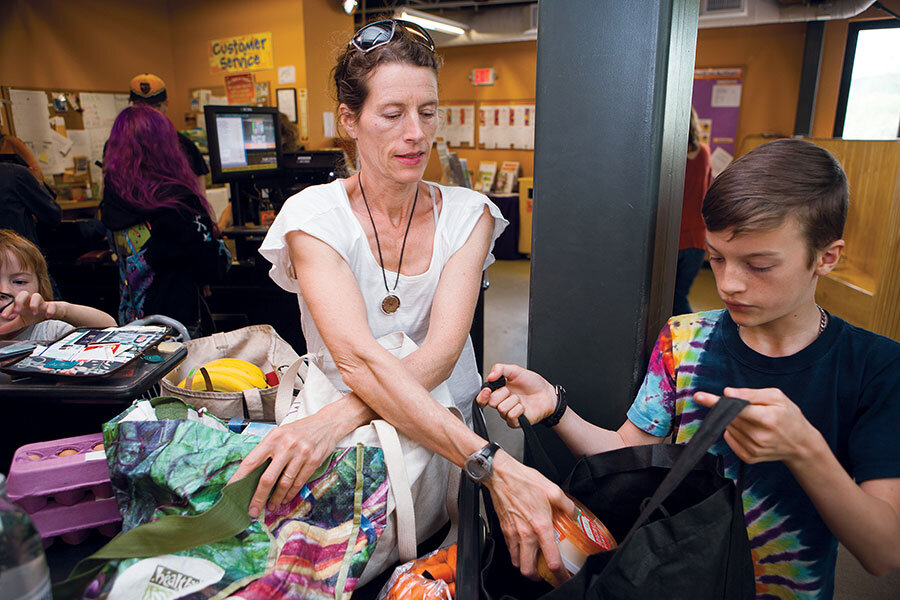Knowing the story of our food
Loading...
No one who has cultivated a garden can feel anything other than joy about the green and growing world. Some sun, some water, a few hand tools, and a right-sized patch of dirt – big enough to encourage experimentation but not so big as to induce servitude – can feed the soul and supplement a dinner table. Knowing the lettuce and tomatoes are from your backyard or the eggs are from your pampered hens makes a meal more delicious.
A step beyond the backyard plot is the small farm, such as the ones that quilt Vermont’s lovely hills. Small farms can be both charming and productive, even if tilling the soil or making the cheese requires more energy and machinery than what many of you, or I, would employ. These are businesses, after all. While a Little Ag farm might be officially organic, both natural and synthetic pesticides (not all but many that are approved by the USDA) are routinely employed to keep crops viable.
So at what point does farming lose its charm? Is it when a multigenerational family sells its land to Big Ag? When not just a few dozen chickens are raised and, alas, slaughtered but hundreds, thousands, and millions are? When vegetables, fruits, or livestock that have been hybridized and optimized over thousands of years are competing with food stocks that have been rapidly modified by genetic engineering?
Living off the land – perhaps with foods exchanged between friendly neighbors or bought from an earthy-crunchy local farmer – is a noble goal. But there are vast population centers where that is impossible. Tucson, Ariz., and Abu Dhabi in the United Arab Emirates couldn’t exist at a fraction of their size if there weren’t a continuous caravan of freezer containers streaming toward them.
In a Monitor cover story (click here), Stephanie Hanes delves into Vermont’s new law that would require labels on most food containing genetically modified organisms. The implications in the farm and food worlds are far-reaching. GMOs could become a scarlet letter. Or they could be just another label that a hungry, indifferent, or otherwise engaged world ignores in the checkout line.
I like the suggestion about labeling that writer Barbara Kingsolver makes in “Animal, Vegetable, Miracle: A Year of Food Life,” her engaging account of the year she and her family spent eating only what was raised in their neighborhood or in their garden. Wouldn’t it be more interesting in a supermarket checkout line, she said, if instead of being assailed by news-of-the-weird tabloid headlines we could read about the farmers who grew the produce in our carts?
Even a megafarm has a story to tell, if told honestly. One of the reasons farmers markets are so popular is that buyers can chat with sellers about the food’s provenance. Knowing a little more about our food’s origins – caring a little more about the garden called Earth that we are blessed to live in – can only be a good thing.






